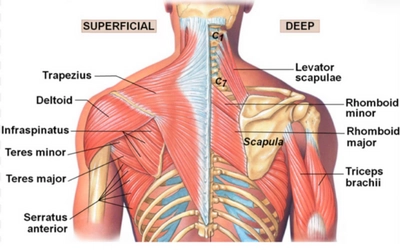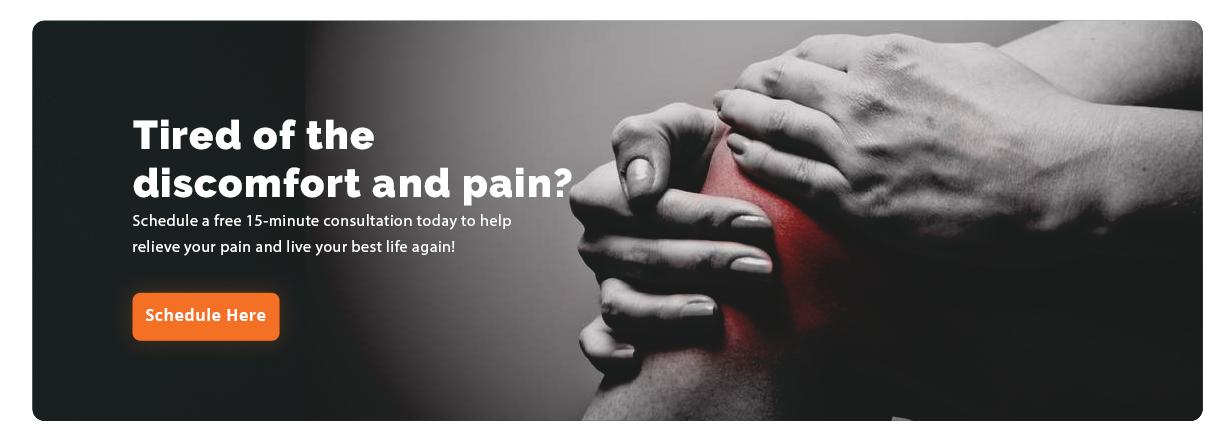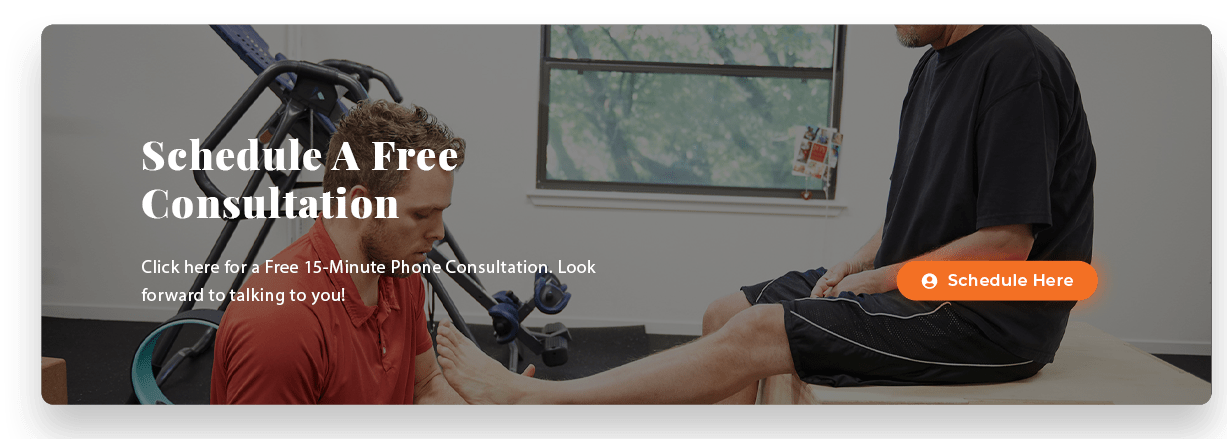Shoulder pain can be not only aggravating, but it can often be debilitating, as well. And it can often spread to the neck and upper back, potentially creating a crippling pain condition for some people.
Part of this is due to the inter-relationship of the various muscles and tendons that make up the upper posterior – or backside – region of the body. The shoulder’s posterior muscles, for example, are comprised of at least eight muscles divided into two groups: the extrinsic and the intrinsic muscles.
These are, according to the Kenhub website, the posterior axio-appendicular muscles and consist of:
- Extrinsic muscles: Trapezius, latissimus dorsi, levator scapulae, rhomboid major, rhomboid minor
- Intrinsic muscles: Deltoid, teres major, rotator cuff muscles (supraspinatus, infraspinatus, teres minor, subscapularis)
Posterior shoulder muscle pain can be caused by a variety of factors such as overuse of particular muscle group, repetitive strain injuries, sprains and strains, excessive physical activity, infections, and even stress.
There are, of course, other conditions such as hypothyroidism, rheumatoid arthritis, osteoarthritis, and myositis that can be the source of posterior shoulder pain.
A Deeper Look into Posterior Shoulder Pain and Self-Treatment
[Image courtesy of girlsgonestrong.com]
Dealing with shoulder pain can be uncomfortable at best. But more often than not, if it doesn’t diminish on its own in a short period of time, you will want to do something to “take away” the pain.
Unfortunately, this often means over-the-counter pain relievers or anti-inflammatories.
However, depending on the actual cause of your posterior shoulder pain, there are several exercises you can try that have been shown to relieve muscle pain in this region of the body.
Among these, some of the popular are wall stretches, rear delt exercises, and making use of rowing and cross country ski simulators.
Here are three of the best posterior shoulder muscle exercises that can be used to help treat shoulder pain in that region:
Face Pulls: Face pulls are a great exercise for targeting the rear deltoids, which are the muscles at the back of the shoulders. To perform face pulls, you will need a cable machine.
- Set the cable at face height, attach a rope or handles to the cable, and stand facing the machine.
- Grab the rope or handles and pull them towards your face, keeping your elbows high and your shoulders pulled back.
- Squeeze your shoulder blades together at the end of the movement, then release and repeat.
Reverse Fly: The Reverse Fly, also known as the Bent-Over Lateral Raise, is another effective exercise for targeting the rear deltoids. To perform this exercise, you will need a set of dumbbells.
- Stand with your feet shoulder-width apart, holding the dumbbells in front of your thighs with your palms facing each other.
- Bend your knees slightly and hinge forward at the hips, keeping your back flat.
- Lift the dumbbells out to the side, squeezing your shoulder blades together at the end of the movement, then release and repeat.
Band Pull-Apart: A band pull-apart is a simple but effective exercise for targeting the rear deltoids, as well as the upper back muscles. To perform the band pull-apart, you will need a resistance band.
- Hold the band in front of your chest with your palms facing down and your hands about shoulder-width apart.
- Keeping your arms straight, pull the band apart, squeezing your shoulder blades together at the end of the movement, then release and repeat.
It is important to remember that these types of exercises should be done under the guidance of a physical therapist or a doctor, especially if you have been diagnosed with an actual injury in your posterior shoulder area.
[h2] Additional Tips for Self-Treatment of Posterior Shoulder Pain with Exercise
Over time, most posterior shoulder pain can be significantly reduced and even completely eliminated in many cases with simple stretching and strengthening exercises.
Here are a few other recommendations for addressing shoulder pain.
- Rotator cuff strengthening exercises: The rotator cuff muscles are a group of muscles that surround and stabilize the shoulder joint. Strengthening these muscles can help improve shoulder stability and reduce pain.
- Shoulder blade strengthening exercises: Weakness or dysfunction in the muscles that control the shoulder blade can contribute to shoulder pain. Strengthening these muscles can improve shoulder blade stability and reduce pain.
- Stretching exercises: Tightness in the muscles around the shoulder joint can contribute to shoulder pain. Stretching these muscles can help improve range of motion and reduce pain.
- Posture correction: Poor posture can put stress on the shoulder joint and contribute to pain. Correcting posture can help reduce this stress and improve shoulder function. Some tips for improving posture include keeping the shoulders down and back, avoiding slouching or rounding the shoulders forward, and maintaining a neutral spine.
According to a study conducted by the National Health Interview Survey (NHIS), more than 1 in 5 adults in America experiences chronic pain. The study found that 50.2 million adults, or just over 20 percent, reported pain on most days or every day.
Chronic shoulder pain is a common condition, and it affects millions of people. If you’re experiencing chronic shoulder pain, it’s important to consult a healthcare professional for an accurate diagnosis and treatment plan.
[h2] Treating Shoulder and Neck Pain with Pain and Performance Solutions
Posterior shoulder muscle exercises can work great for alleviating various causes of shoulder pain. However, if you are suffering from recurring or chronic shoulder pain that isn’t “going away” despite your self-treatment efforts, your next step should be Pain and Performance Solutions.
Whether you’ve been suffering from posterior shoulder pain for a long time – or you’ve realized that your pain is not diminishing over time – we invite you to give us a call. Your shoulder pain relief can begin once we’re able to gain an in-depth understanding of when and how your shoulder pain started.
During your first appointment, we will work with you to learn about your present symptoms as well as any history of discomfort.
At Pain and Performance Solutions we specialize in bringing relief from chronic muscle and joint pain with therapies such as Active Release Techniques® (ART®) and Anatomy in Motion (AiM). And this begins to happen once we understand where your pain started. Often this can mean it started previously with another injury you might have sustained.
Don’t simply ignore your shoulder pain hoping it will just go away. Let us help.
Contact us today at 707-636-4404 or book an appointment online to start your recovery process.



